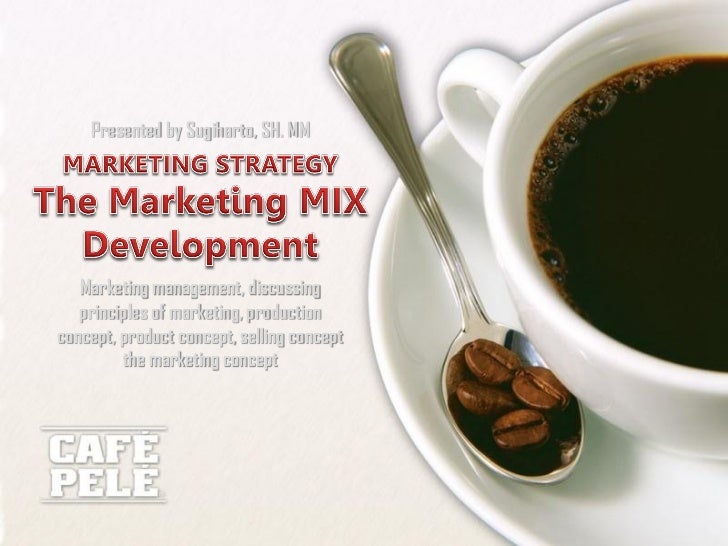DEVELOPING A MARKETING MIX
DEVELOPING A MARKETING MIX
Intuition and creative thinking are essential job requirements for a marketing manager. But relying on just these can lead to inaccurate assumptions that may not end up delivering results. To ensure a marketing mix that is based in research and combines facts with innovation, a manager should go through the following systematic process:
Step 1: Defining Unique Selling Proposition
The first item on the marketing manager’s agenda should be to define what the product has to offer or its unique selling proposition (USP). Through customer surveys or focus groups, there needs to be an identification of how important this USP is to the consumer and whether they are intrigued by the offering. It needs to be clearly understood what the key features and benefits of the product are and whether they will help ensure sales.
Step 2: Understanding the Consumer
The second step is to understand the consumer. The product can be focused by identifying who will purchase it. All other elements of the marketing mix follow from this understanding. Who is the customer? What do they need? What is the value of the product to them? This understanding will ensure that the product offering is relevant and targeted.
Step 3: Understanding the Competition
The next step is to understand the competition. The prices and related benefits such as discounts, warranties and special offers need to be assessed. An understanding of the subjective value of the product and a comparison with its actual manufacturing distribution cost will help set a realistic price point.
Step 4: Evaluating Placement Options
At this point the marketing manager needs to evaluate placement options to understand where the customer is most likely to make a purchase and what are the costs associated with using this channel. Multiple channels may help target a wider customer base and ensure east of access. On the other hand, if the product serves a niche market then it may make good business sense to concentrate distribution to a specific area or channel. The perceived value of the product is closely tied in with how it is made available.
Step 5: Developing Communication / Promotion strategy
Based on the audience identified and the price points established, the marketing communication strategy can now be developed. Whatever promotional methods are finalized need to appeal to the intended customers and ensure that the key features and benefits of the product are clearly understood and highlighted.
Step 6: Cross-check of the Marketing Mix
A step back needs to be taken at this point to see how all the elements identified and planned for relate to each other. All marketing mix variables are interdependent and rely on each other for a strong strategy. Do the proposed selling channels reinforce the perceived value of the product? Is the promotional material in keeping with the distribution channels proposed? The marketing plan can be finalized once it is ensured that all four elements are in harmony and there are no conflicting messages, eithe
KEY CHALLENGES
Over the years, marketing managers have felt that the traditional marketing mix has its limitations in how it is structured. Several important elements have been grouped within four larger categories thereby belittling their true importance amid several factors. Two main criticisms and their solutions:
Lack of Focus on Services
The conventional marketing mix tends to be applicable to tangible goods i.e. the traditional definition of products. Services or intangible goods are also a vital customer offering and can be planned for in much the same way as physical products. To cater to the unique challenges of services, the 4P model has been supplemented with 3 additional categories which are:
- Physical Evidence is proof and a reassurance that a service was performed
- People are the employees who deliver the service
- Processes are the methods through which a service is executed and delivered to the customer
Lack of True Customer Focus
Though a total focus on the customer and what they desire is a vital element of the 4P model, this truth is often in danger of being overlooked by enthusiastic marketing teams. To counter this, Robert F. Lauterborn put forward his customer centric four Cs classification in 1990. This model converts the four P’s into more customer oriented four C’s:
- Product to Customer Solution
- Price to Customer Cost
- Promotion to Customer Communication
- Place to Customer Convenience


No comments: